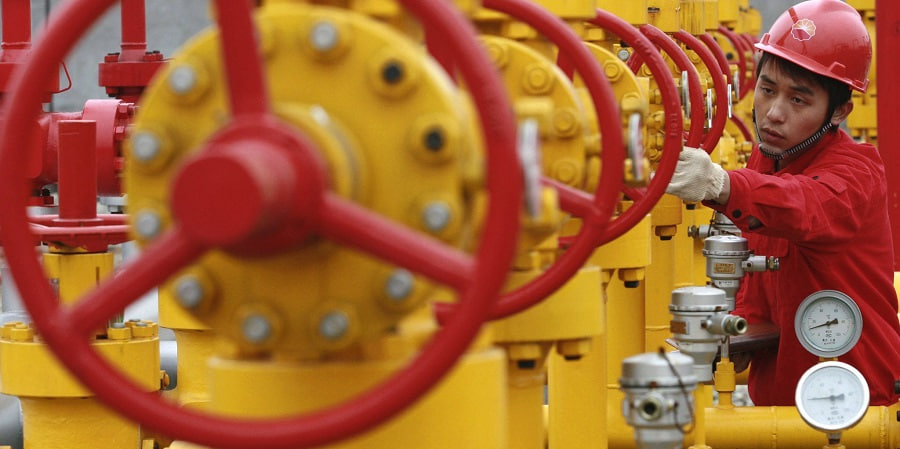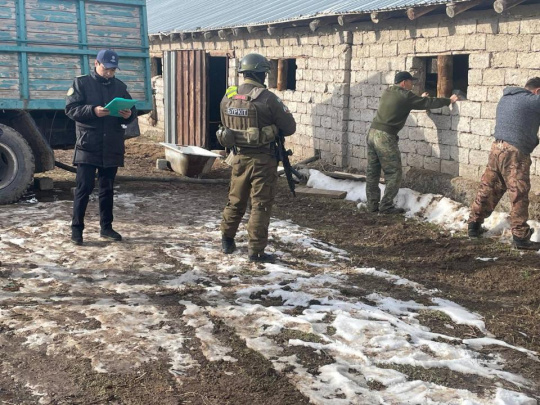The pipeline’s main hub, the "Khorgos" gas compressor station, is the first entry point for Central Asian gas into China. Operating for over 5,000 days since its launch, the station has transported the entirety of the 500 billion cubic meters, handling up to 160 million cubic meters daily according to West Pipeline Company, a Chinese gas infrastructure operator.
The natural gas supplied through the pipeline is equivalent to 696 million tons of coal, significantly contributing to environmental sustainability. This transition has reduced carbon dioxide emissions by 731 million tons, sulfur dioxide emissions by 25 million tons, particulate matter by 379 million tons, and nitrogen oxide emissions by 6.27 million tons.
Gas transported via the pipeline covers a 1,833 km journey in 84 hours, passing through central Uzbekistan, southern Kazakhstan, and the Chinese border at Khorgos. The pipeline has an annual capacity of 60 billion cubic meters and has been in operation since December 2009.






